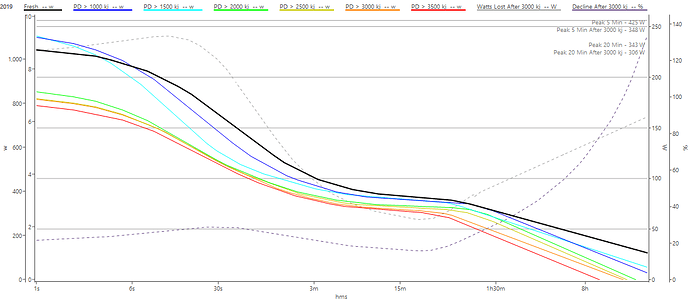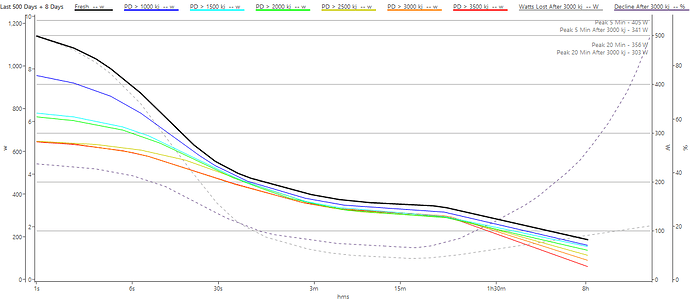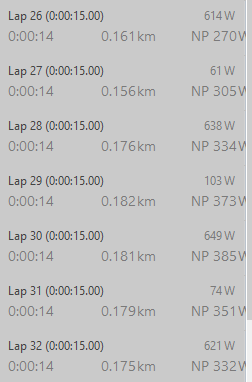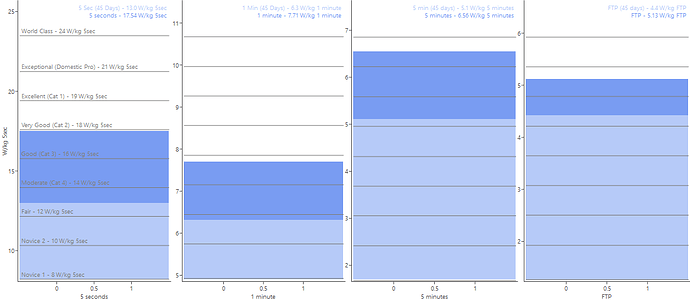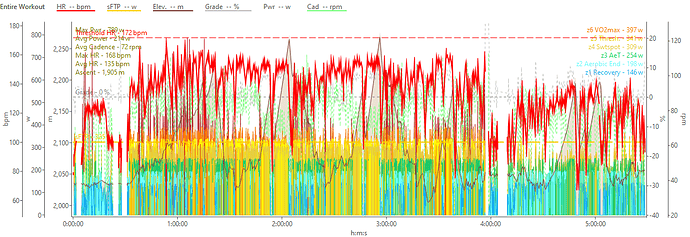Nearing the End of the Toughest Part of the Season
Every successful season I’ve had, there’s a period around late March or April which is the hardest part of the season for me - I’m tired, it’s not fun and performance really suffers which is tough on the ego, but it’s necessary for me. Thankfully, I’m in my last week of that phase and this year has been particularly hard.
But before I explain, I need to give my big disclaimer - what I’m doing right now is dangerous. Dangerous in terms of risking going into a non-functional overreach. As much as my winter camps are big and fatiguing, they are acute and never that big a risk. This phase is different. This block I’m in right now is the one phase where I truly flirt with the edge and there are certainly points where I felt I might have gone over. So, if you’re emulating what I’m doing, please be careful. Done effectively this work makes you a tough racer. Done wrong it can end seasons. And even after years of practice I still find it hard to get it right…
So, the purpose of this block I’m in right now is to overload my legs with high intensity work and teach them to handle it. Doing a solid set of intervals fresh is one thing, but being able to push through pain and fatigue and keep riding strong is different. So, while I’m always talking on the podcast about doing interval work fresh, I’m forcing myself to do the opposite. It’s not fun.
Here’s what it looks like for me right now:
This graph shows my volume of high intensity work each week. Look particularly at the maroon bars which is the really hard muscle-tearing high end work. You can see all winter I was barely touching those systems. That’s why the training was always pretty manageable and never pushing any over-reach boundaries. The last four weeks I have flipped that, making them the four hardest weeks of my season.
Right now my typical week is two really hard sessions during the week and then a race on the weekend. During the week it’s a mix of Tabata work and Zwift training races. But the idea is not to get a 30 minute “fun” race and call it a day. I’m making them hard and fatiguing by doing two or three races back-to-back.
I really started to feel the impact of this routine two weeks ago. On the Friday, I did three Zwift races back-to-back and pretty much crawled off my bike. The next day I struggled through a three hour ride and then had a race on the Sunday. I talk about the race above, but it did not go well. I left with my tail between my legs feeling pretty dejected. I was popped 5 minutes into the race and ended up in the field behind my field. Even then, I was struggling so much with the big attacks that I started leading the field up the climbs to prevent attacks.
At any other point in the season, if I felt that bad, the plan would go out the window and I would rest until my legs were back. But that’s not what this block is about…
So, on the Tuesday after my failed race, I did two VO2max tests in the morning and a Zwift race in the evening. Again, I could really feel the fatigue in the legs. I just forced them to get through it. On Thursday I did Tabata intervals but only got through a set and a half. This was the point where I wondered if I had gone over the edge…
Saturday I went to another race. And finally I started to feel the rebound I effect I was hoping for. The legs were still tired, but they were handling it. It still hurt to respond to a jump, but I could do it now.
Unfortunately, I flatted out of the race near the end, but just before that we hit a short climb fast. I looked over to a Mesa State rider beside me who was breathing hard and rocking all over his bike. I wasn’t struggling the way he was. And for the first time in weeks, I started to feel like I had race legs again.
I have one week of this overload left. It was touch and go for a while. I wondered if I had overdone it, but now I feel like I may actually get through it successfully. It’s reminding me of just how hard I had to train back when I was racing full time. I had forgotten how much pain and fatigue you have to push to hit those higher levels. Fingers crossed it will show in my racing next month…
So what’s the purpose of what I’m doing? It’s about building a particular type of toughness or stamina. I’m training my legs to be able to race even when tired and damaged. It’s not something that really shows up in the data. The closest I’ve found is a fatigue chart that shows your power-duration curves after you’ve expended increasing levels of calories. The idea is you want the graphs to be as close as possible (i.e. you can put out just as much power after a lot of work as you can when you’re fresh.) Here’s what I looked like last year when my durability was not good:
Here’s what I look like now:
My sprint power needs some work so I have something to attack with late in a race, but that longer, more aerobic power seems to be a lot more fatigue resistant.
Thanks for reading! More to come…

